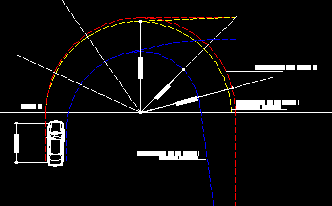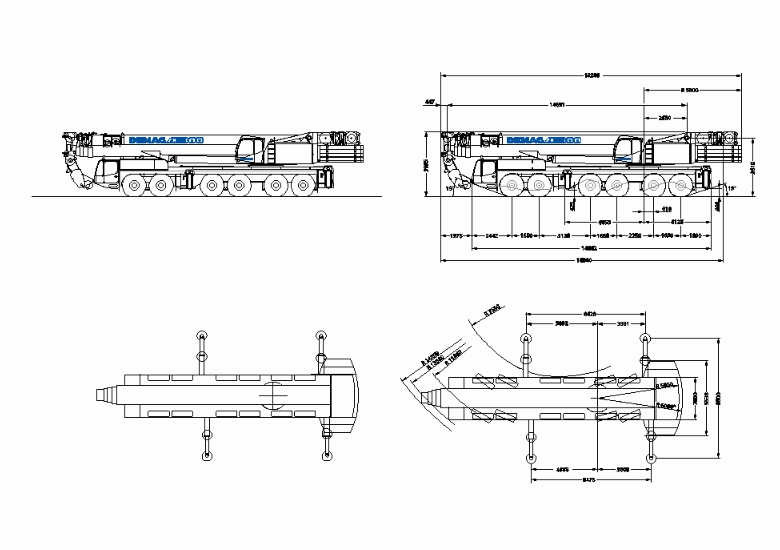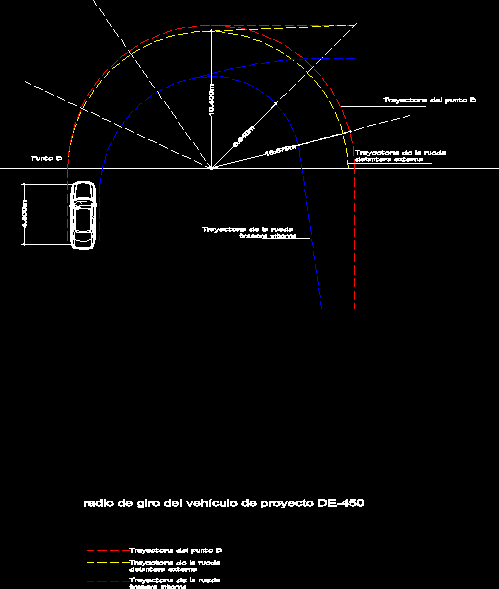

For example, if we want a vehicle with a speed of 160 km/h to make decisions for autonomous driving in a time interval that the vehicle moves every 0.5 m distance, all the computations have to be finished in 22.5 milliseconds. Secondly, it might take too long for the advanced or intelligent algorithms to extract needed information from the sensed signals such as video due to the computational complexity. Firstly, those equipped sensing systems might not absolutely guarantee the reliability of driving safety due to their performance degradation caused by bad weather, lack of light, obstacles, blind areas, etc. The current solutions of ADAS or ADV still have some problems. The sensor information is processed by advanced or intelligent processing units. In order to acquire the information of the vehicle itself and the environment, which is necessary for decision-making and controlling, the ADVs under development now are normally equipped with a lot of sensing systems, e.g., globe positioning system, lidar, millimeter wave radar, infrared radar, video system or vision system, and so on. It is conducted by companies such as Tesla, Google, Baidu, etc., and the traffic situation they envision is usually that of humans driving vehicles, and with autonomous driving vehicles (ADV) or driverless vehicles occurring concurrently on the roads.
Truck turning radius dynamic block driver#
Simulation is conducted on the CarSim-Simulink platform with typical intersection scenes.Ĭurrently, the research and development of advanced driver assistance systems (ADAS) mainly focus on the oncoming market demand. A model predictive control (MPC) paradigm is used as the vehicle upper layer controller. In this paper, control strategy, model and algorithms are proposed for the three basic problems. The turning control at intersections mainly deals with three basic issues, i.e., target lane selection, trajectory planning and calculation, and vehicle controlling and tracking. With the anticipation that a more sophisticated vehicle ad hoc network (VANET) should be an essential transportation infrastructure for future ADV scenarios, the problem of vehicle turning control based on vehicle to everything (V2X) communication at road intersections is studied. For such scenarios, the methods of environment sensing, traffic instruction indicating, and vehicle controlling should be different from that of the situation mentioned above if the reliability of driving safety and the production cost expectation is to be improved significantly. It is certain, however, that in the future there will be some roads, areas or cities where all the vehicles are ADVs, i.e., without any human driving vehicles in traffic.

Obviously, the current advanced driver assistance systems (ADAS) or ADVs still have some problems concerning high reliability of driving safety, as well as the vehicle’s cost and price.

In order to acquire the information of the vehicle itself and the environment necessary for decision-making and controlling, the ADVs that are under development now are normally equipped with a lot of sensing units, for example, high precision global positioning systems, various types of radar, and video processing systems.
Truck turning radius dynamic block manual#
Currently the research and development of autonomous driving vehicles (ADVs) mainly consider the situation whereby manual driving vehicles and ADVs run simultaneously on lanes.


 0 kommentar(er)
0 kommentar(er)
